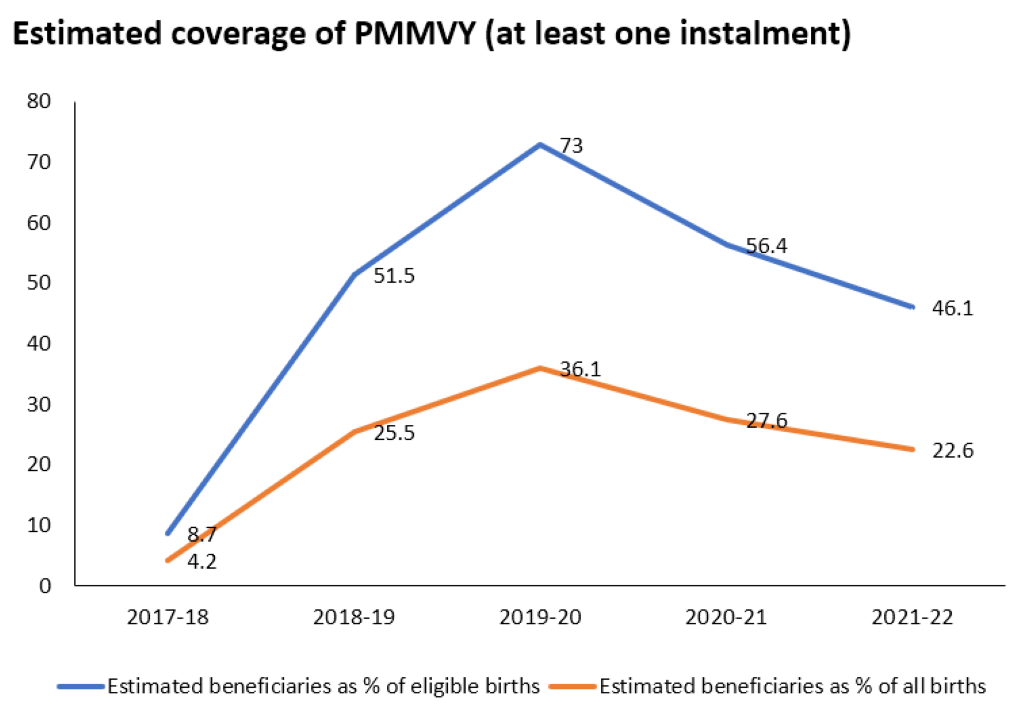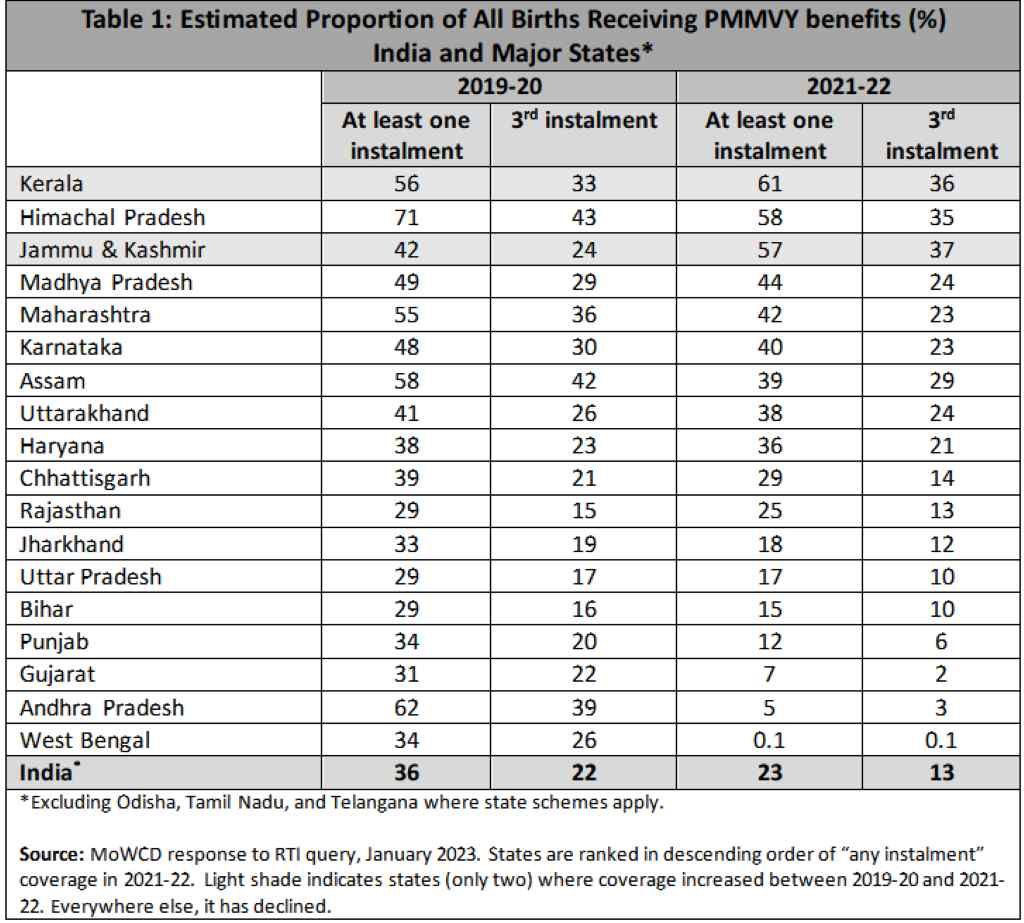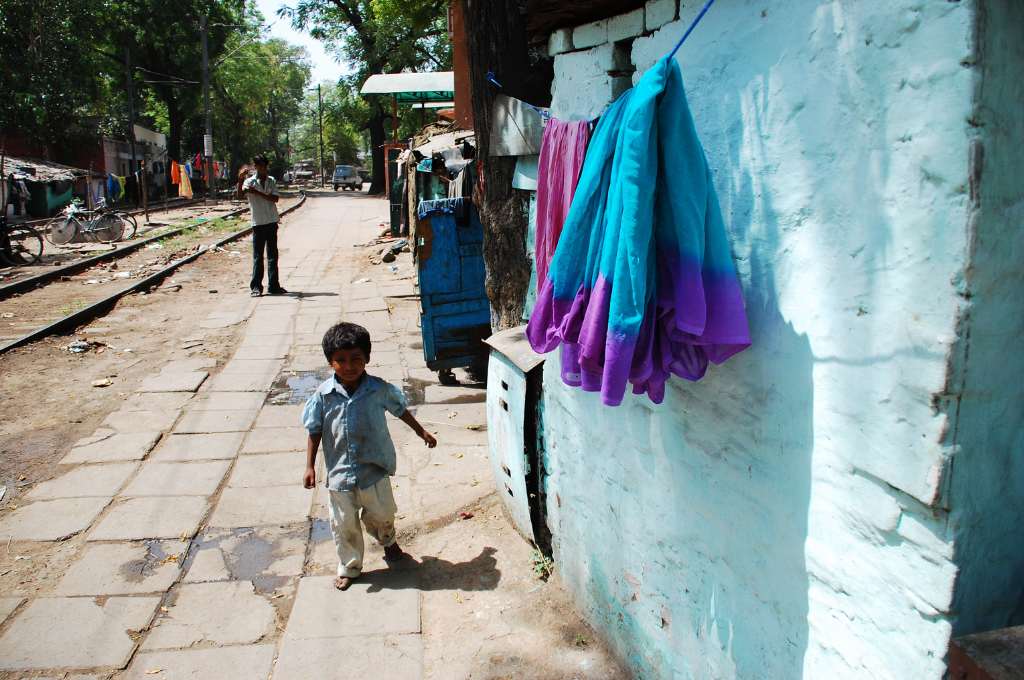Ten years have passed since the National Food Security Act gave all pregnant women a right to maternity benefits. This was the most radical provision of the Act, even if the initial benefits were small—just Rs 6,000 per child. It affirms the fact that any pregnant woman may require some social support to face the contingencies of pregnancy and child birth. Very few developing countries have adopted this progressive approach to maternity entitlements.
Had the Act been implemented, and the benefits raised in tandem with (say) nominal GDP, Indian women today would be receiving cash benefits of about Rs 20,000 in the event of pregnancy, as they do in Tamil Nadu. This would help to ensure that they are not deprived of adequate nutrition, rest and healthcare at this difficult time.
Instead, the central government has used every possible means to evade its obligations under the Act. For a full four years (2013 to 2017), there was no action at all. In 2017, a national scheme of maternity benefits was finally launched—the Pradhan Mantri Matru Vandana Yojana (PMMVY). This scheme, however, restricts maternity benefits to the “first living child”, at a measly rate of Rs 5,000 in three instalments. By the time Covid-19 hit the country in early 2020, even this restricted coverage was still a distant goal.
Meanwhile, pregnancy and childbirth remained a harrowing experience for millions of women. In 2019, the Jaccha-Baccha Survey (JABS) found horrendous levels of deprivation and insecurity during pregnancy in a sample of 700 rural women spread over six north Indian states. Among 364 women who had delivered a child in the preceding six months, less than a quarter had eaten nutritious food more often than usual during pregnancy, and nearly 40% complained of a lack of rest at that time. Weight gain during pregnancy was way below the recommended norms—just 7 kg on average. This is all the more worrying as so many women are severely undernourished to start with. (See “Maternity Entitlements: Women’s Rights Derailed”, by Jean Drèze, Reetika Khera and Anmol Somanchi, Economic and Political Weekly, 20 November 2021.)
How is PMMVY faring today? This is not easy to tell because PMMVY has no public data portal worth the name. In this respect, it stands out among India’s social programmes, and violates the pro-active disclosure norms of the Right to Information (RTI) Act. We had to fall back on RTI queries to rustle up the most elementary statistics on the progress of PMMVY. The latest response of the Ministry of Women and Child Development, in January 2023 (four months after the query was submitted), includes state-wise and year-wise numbers of PMMVY recipients for the last few years.
According to these official figures, the limited progress that had been made under PMMVY by the end of 2019 was largely undone during the Covid-19 crisis. The number of women who received some PMMVY benefits crashed from 96 lakh in 2019-20 to 75 lakh in 2020-21 and 61 lakh in 2021-22—a decline of nearly 40% over two years.
To put this in perspective, assuming a birth rate of 19.5 per thousand (the Sample Registration System estimate for 2020), and a total population of 140 crore, the annual number of births in India today must be around 270 lakh. Barely 23% of these births were covered under PMMVY in 2021-22 (see Chart). Even if we assume, optimistically, that another 10% of births are covered by maternity benefit schemes in the formal sector, overall coverage would still be as low as one third of all births.

These PMMVY coverage figures refer to the number of mothers who received at least one of the three instalments. If we raise the bar and focus on women who received all three instalments, the coverage figures are much lower. In 2021-22, the number of pregnant women who received the third PMMVY instalment was just 35 lakh—about 13% of the annual number of births.
State-wise figures are presented in Table 1. Between 2019-20 and 2021-22, PMMVY coverage declined in all major states except Kerala and Jammu-Kashmir, sharply so in many cases. In West Bengal, it appears that the scheme has come to a standstill—perhaps it is victim of a centre-state dispute there, like the rural employment guarantee scheme? PMMVY also came to a virtual standstill by 2021-22 in several other states, including some “double engine” states like Gujarat. The third instalment eludes most women in most states.

We can shift the goalposts and focus on first births, the official target of PMMVY. When the fertility rate is around two children per woman and most women have at least one child, as is the case in India today, first births account for about half of all births. Thus, the coverage figures would roughly double if we put first births in the denominator instead of all births (see Chart). Even then, they would be quite low—46% for “at least one instalment” in 2021-22 and 26% for the third instalment.
It is unlikely that PMMVY coverage expanded radically in 2022-23. Indeed, central expenditure on the SAMARTHYA package (of which PMMVY is the main component) was barely 10% higher in 2022-23 than in 2021-22. Incidentally, we are talking peanuts—barely Rs 2,000 crore per year, compared with an estimated requirement of about Rs 14,000 crore per year for full-fledged implementation of maternity benefits under the National Food Security Act.
The PMMVY setback in 2020-21 and 2021-22 is a sign of mismanagement of the Covid-19 crisis. PMMVY is just a cash transfer scheme, there was no good reason for it to be so badly disrupted. And there was certainly no excuse for the disruption to continue in 2022-23.
The root of this fiasco is that pregnant women count for very little in public policy and electoral politics. Quite likely, a real effort to universalize maternity benefits would have made waves. Instead, the central government took refuge in a lame scheme that didn’t really take off. On three occasions, the Finance Minister ignored an appeal from 60 Indian economists for much higher spending on maternity benefits. The opposition parties, Congress included, did very little to challenge this inertia. The outcome is a lost decade for maternity entitlements.
This article was originally published on The India Forum.






